Museums and monuments
Below we list, region by region, a selection of the best.
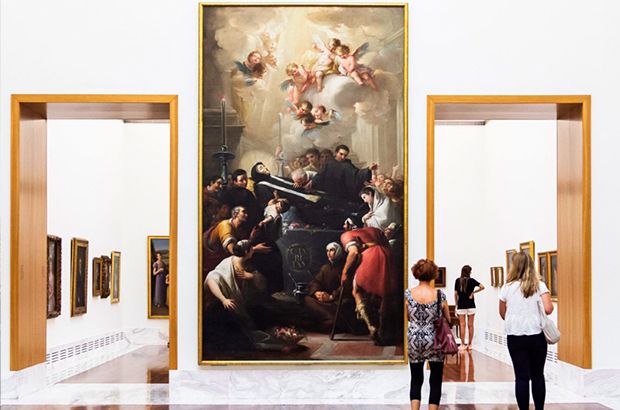

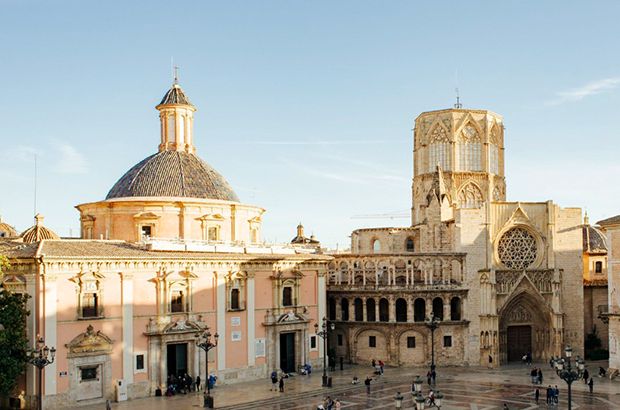
València and L’Horta
As for museums, the San Pio V Museum of Fine Arts, one of the most important art galleries in Spain, is worth highlighting, with works by Velázquez, Goya, El Bosco, and Valencian masters such as Sorolla, Ribera or Juan de Juanes, and the IVAM, the museum of Modern Art in the city with an excellent collection of its own and very interesting temporary exhibitions.
The Muvim, the La Beneficència Cultural Center (which includes the Prehistory Museum of València and the Valencian Museum of Ethnology), the Fallero Museum, the Archaeological Center of l’Almoina or L’Iber, the largest museum of tin soldiers in the world, are other examples of the variety of museums that the city offers.
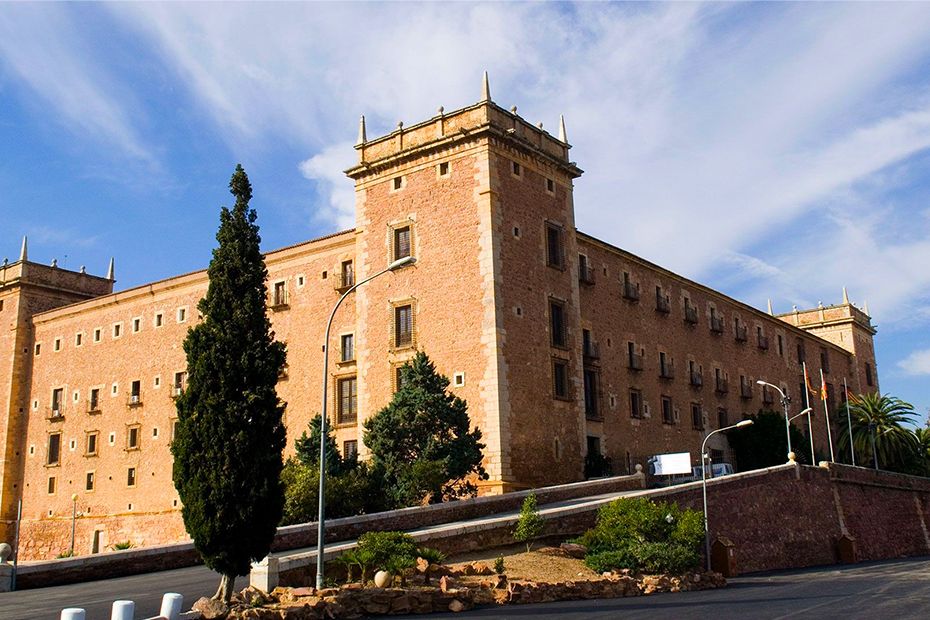

The monuments of the city are not far behind: for the visitor it is a pleasure to get lost in the streets of its old town where there are emblematic buildings such as La Lonja de la Seda, an emblematic building of the Valencian civil Gothic and a World Heritage Site, the modernist Central Market, with about 400 stalls selling fresh products, the Cathedral of València with its “Micalet”, the name by which its bell tower is known, and the Chapel of the Holy Grail, the Palace of the Marqués de Dos Aguas, a Baroque masterpiece and home of the National Museum of Ceramics and Sumptuary Arts, or the Torres de Serranos and Quart, old city gates. The Plaza del Ayuntamiento, de la Virgen, la Reina or the original Plaza Redonda are a must-see for visitors who can take the opportunity to have a drink on the many terraces that surround them. Religious buildings such as the Church of San Nicolás de Bari, with its impressive recently restored frescoes, the Basilica of the Virgen de los Desamparados, the Church of San Juan del Hospital, the Convent of Santo Domingo or the Church of the Santos Juanes are also Recommended stops on any city sightseeing tour.
Still in València, the Monastery of San Miguel de los Reyes, home of the current Valencian Library, offers guided tours where jewels from its collection are displayed. Just 11km from València, the visitor can see the Puig de Santa María Monastery, a 13th century structure in the place where the battle was fought that allowed King Jaume I to conquer the city of València.
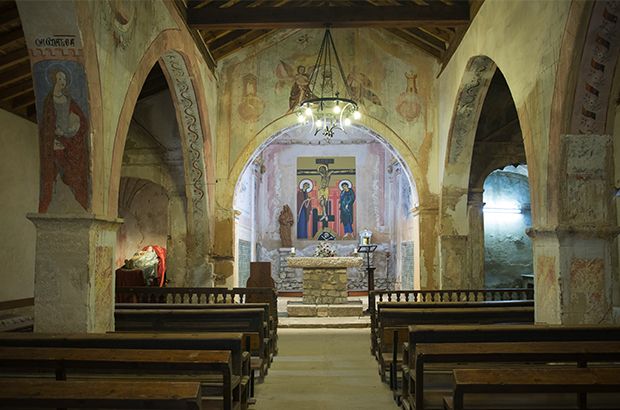

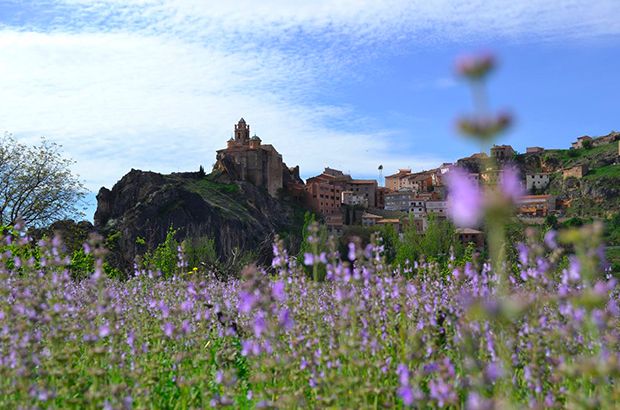
El Rincón de Ademuz
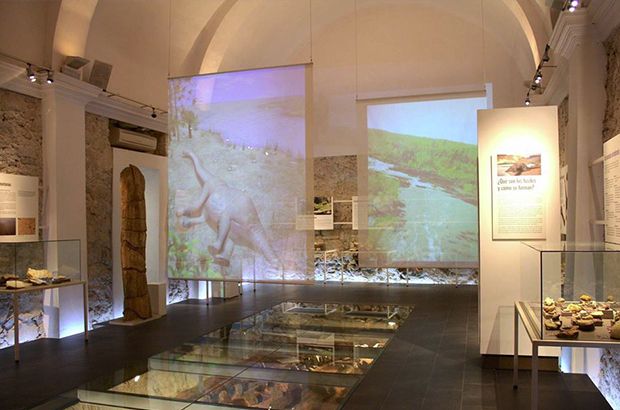


La Serranía
In this region there are museums palaeontology, such as the Alpuente Palaeontological Museum, with an interesting collection of dinosaur fossils; and those related to the customs and traditions of the place, such as the Ethnological Museum of Alpuente or the Almazara del Conde de Sot de Chera, which reveal different aspects of the life and work of the people of La Serranía.

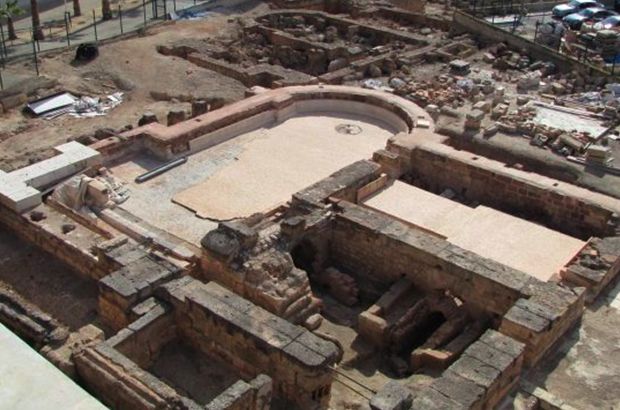

El Camp de Turia
Other towns and villages in the region that stand out for their heritage are: Riba-Roja de Túria with its castle and walls and with the Pla de Nadal Visigoth Museum, and the Castell de Benisanó, which dates from the 15th century and is one of the best preserved in the Comunitat Valènciana.



El Camp de Morvedre
In Torres-Torres we can also find some well-preserved Arab baths where various rooms and the original bricks of the floor can be clearly distinguished.
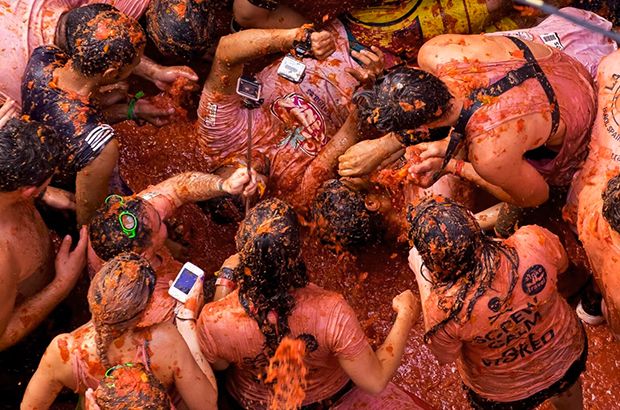

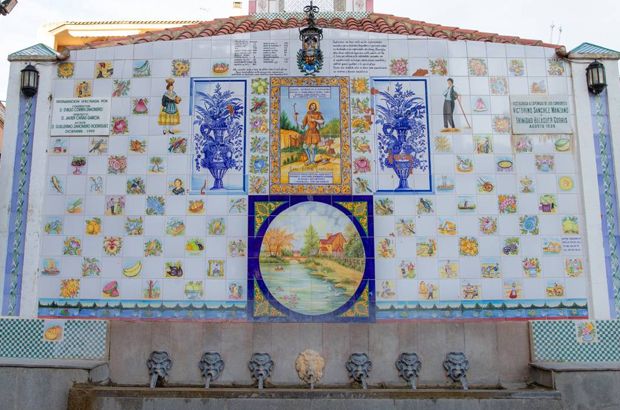
L’Hoya de Bunyol
Buñol Castle is undoubtedly the most symbolically important monument in this region. Built in the 11th and 12th centuries on two rocky outcrops in the centre of Buñol, the fortress has two enclosures separated by artificial moats.
Also famous are the springs of Siete Aguas (they give the town its name, although in reality they number more than a hundred). Perhaps the best known is the Fountain of the Seven Jets, more than a century old, and where the locals still go to drink from its waters.


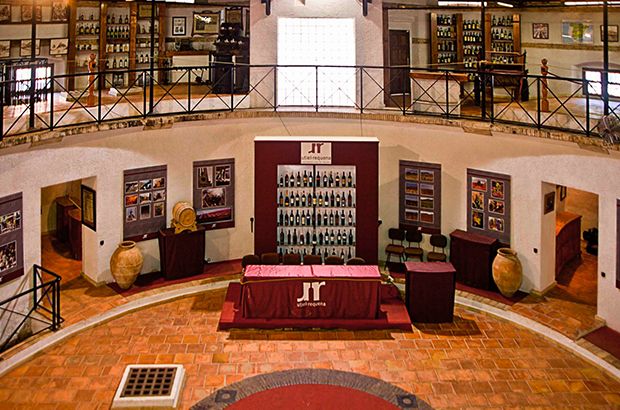
Requena-Utiel
This region is also known for its wines, which are growing in prestige both nationally and internationally. In Utiel there is the Wine Museum of the Comunitat Valènciana where the history of the region’s wines is on display.
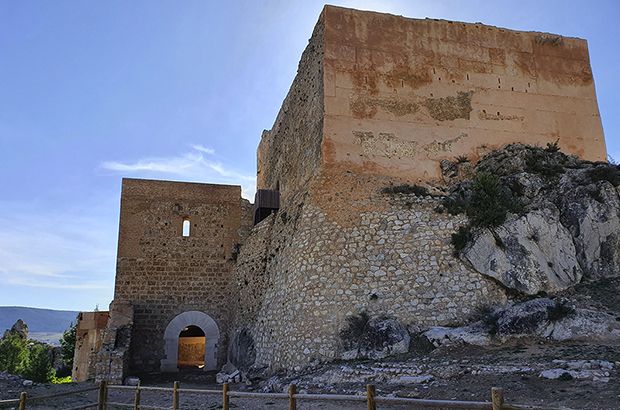
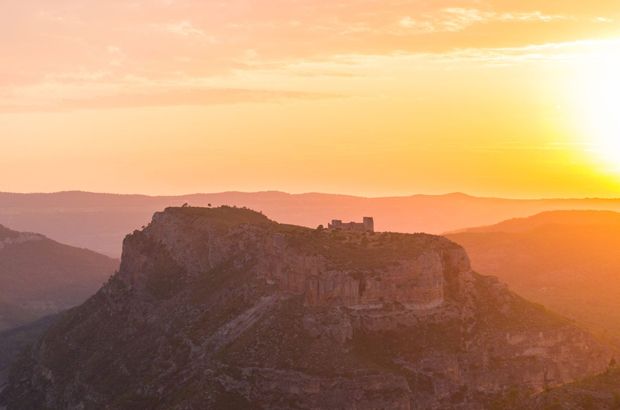

Valle de Ayora-Cofrentes
It is also interesting to visit the Don Juan Cave in Jalance, one of the few caves that can be visited in the Province, undoubtedly spectacular.



La Canal de Navarrés

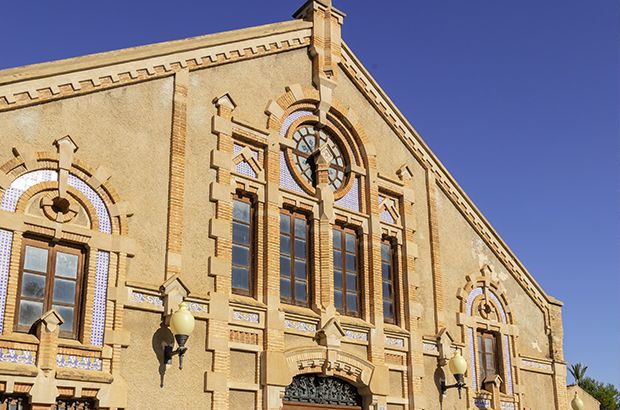
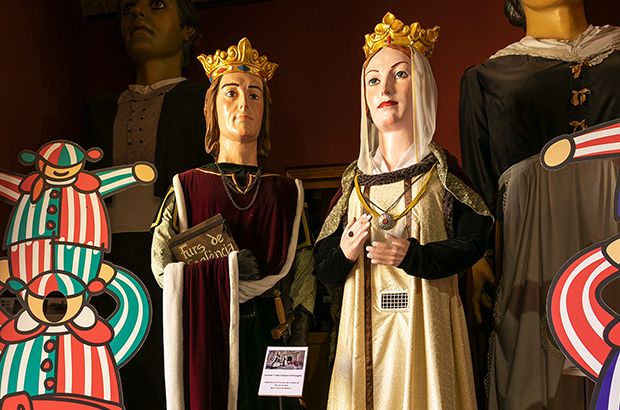
La Ribera Alta
The Monastery of La Murta, in the town of Alzira, is possibly its most emblematic monument. Built between the 14th and 15th centuries, it has been declared a Site of Cultural Interest, which has helped with its restoration. It is part of the Route of the Monasteries, which covers five Valencian monasteries.
Outside Carcaixent, the so-called Orange Route offers interesting examples of Industrial and Cultural Heritage: it is interesting to discover the practical architecture of the old warehouses and traditional field tools and utensils, such as the “Magatzem de Ribera”. In the month of June, for the last few years, Carcaixent has hosted the Modernist Fair.
In Algemesí, the Museu Valencià de la Fiesta offers an interesting tour of the main Valencian festivals, with special attention to the Mare de Déu de la Salut festivities, declared Intangible Heritage of Humanity.

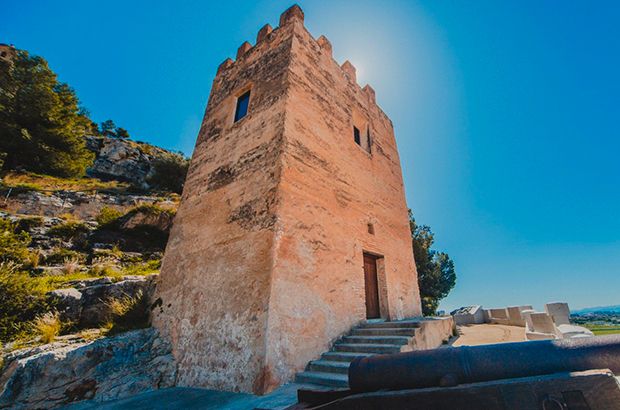

La Ribera Baixa
The towns of Corbera and Almussafes also have two towers (the Torre Árabe de la Ermita de San Miguel and the Torre Racef) of great historical value.
In Sueca we would highlight the Parish Church of San Pedro Apóstol, of Romanesque origin, although much remodelled and expanded over the centuries, and also the House-Museum of Joan Fuster and the Muntanyeta del Sants, which is currently a microreserve of flora.
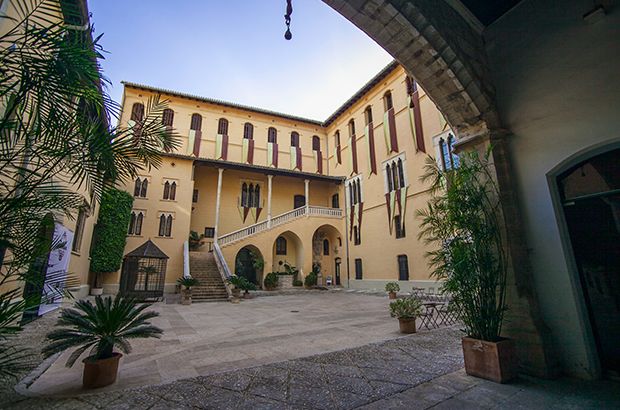
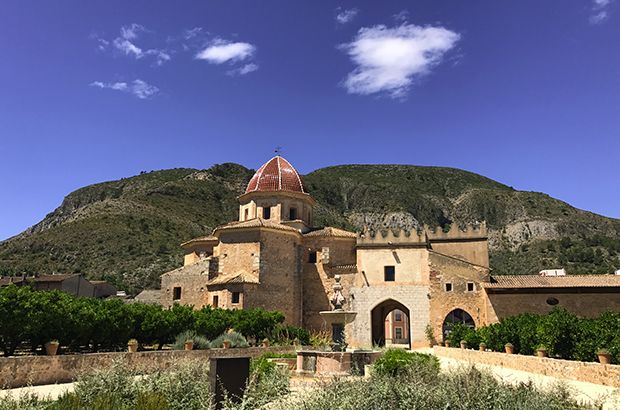

La Safor
In addition to the numerous towers and castles found in the region (Villalonga Castle, Borró Castle in Rótova, Santa Ana Castle in Oliva, the Alfauir Tower, the Vall de Tavernes de la Valldigna Tower …)
The Monastery of Santa María de la Valldigna, in Simat de la Valldigna, founded in 1298, is an excellent example of Valencian Gothic and, according to tradition, responsible for the current name of the region, formerly known as Alfandech: King Jaime II of Aragon exclaimed when passing through these lands: Vall digna per a un monestir de la vostra religió -A suitable valley for a monastery of your religion-. The Monastery is part of the Ruta dels Monestirs, a route of about 90 kilometres that connects it with the monasteries of Sant Jeroni de Cotalba, in Alfauir, Corpus Christi, Llutxent, Aguas Vivas, Carcaixent and La Murta, in Alzira.


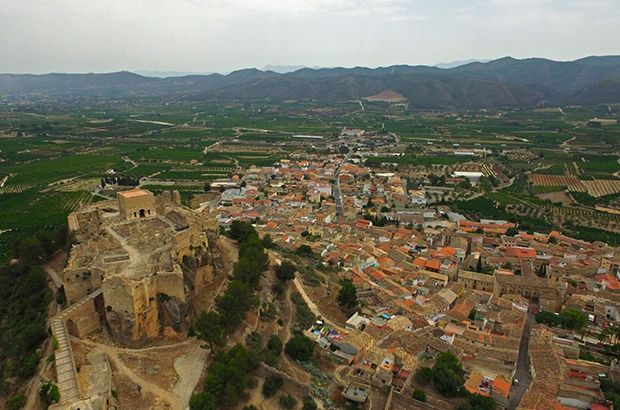
La Costera
In Moixent we find a remnant of the earliest history of the region thanks to the Iberian town of Bastida de les Alcusses, declared a Historic-Artistic Monument for the great archaeological value of its findings, and the site of the famous Warrior of Moixent.
Strolling through the Castle of Montesa will take us back to the era of the Order of Montesa, established by King Jaume II in the 14th century. Despite the fact that the building was affected by an earthquake in 1748, some rooms of this Architectural-Artistic Monument are still open to visitors.
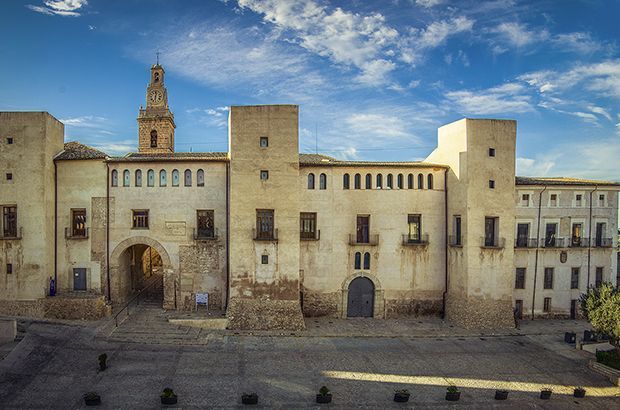
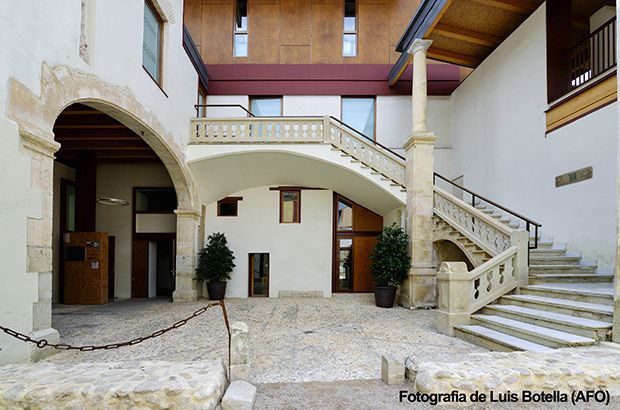
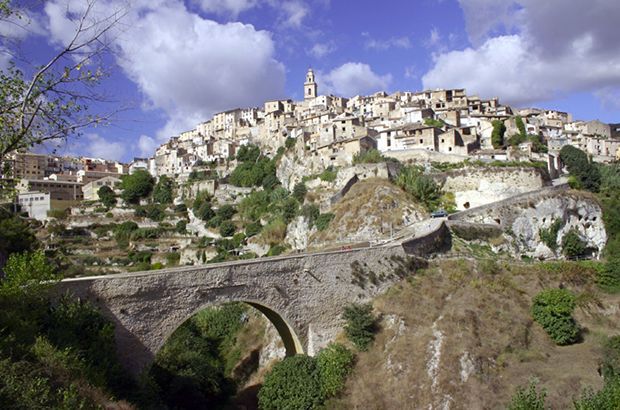
La Vall d’Albaida
In Albaida, you can also find the house museum of José Segrelles, one of the most international Valencian painters.
The icing on the cake of our visit will be a walk through the well-kept old town of Bocairent, where the Church of the Assumption and its magnificent Parish Museum with works by Sorolla, Juan de Juanes, Ribalta or Segrelles are located.
